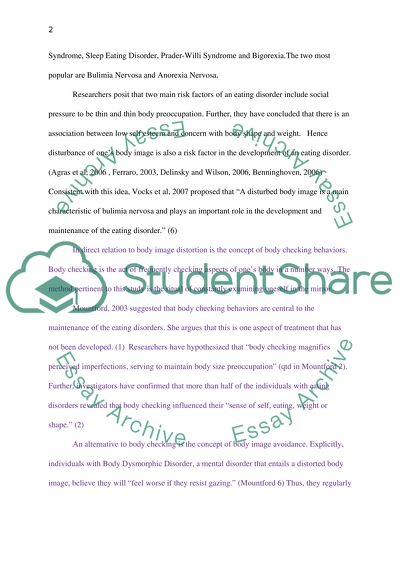Cite this document
(Eating Disorder Essay Example | Topics and Well Written Essays - 1750 words, n.d.)
Eating Disorder Essay Example | Topics and Well Written Essays - 1750 words. https://studentshare.org/psychology/1541296-abnormal-psychology-class-research-proposal
Eating Disorder Essay Example | Topics and Well Written Essays - 1750 words. https://studentshare.org/psychology/1541296-abnormal-psychology-class-research-proposal
(Eating Disorder Essay Example | Topics and Well Written Essays - 1750 Words)
Eating Disorder Essay Example | Topics and Well Written Essays - 1750 Words. https://studentshare.org/psychology/1541296-abnormal-psychology-class-research-proposal.
Eating Disorder Essay Example | Topics and Well Written Essays - 1750 Words. https://studentshare.org/psychology/1541296-abnormal-psychology-class-research-proposal.
“Eating Disorder Essay Example | Topics and Well Written Essays - 1750 Words”. https://studentshare.org/psychology/1541296-abnormal-psychology-class-research-proposal.


